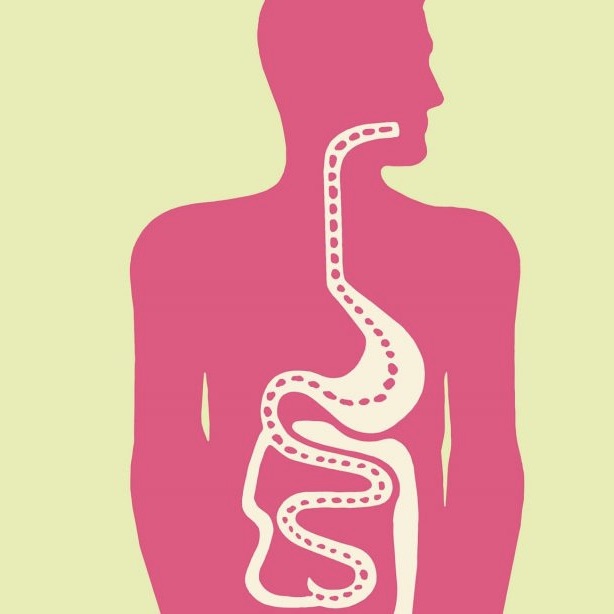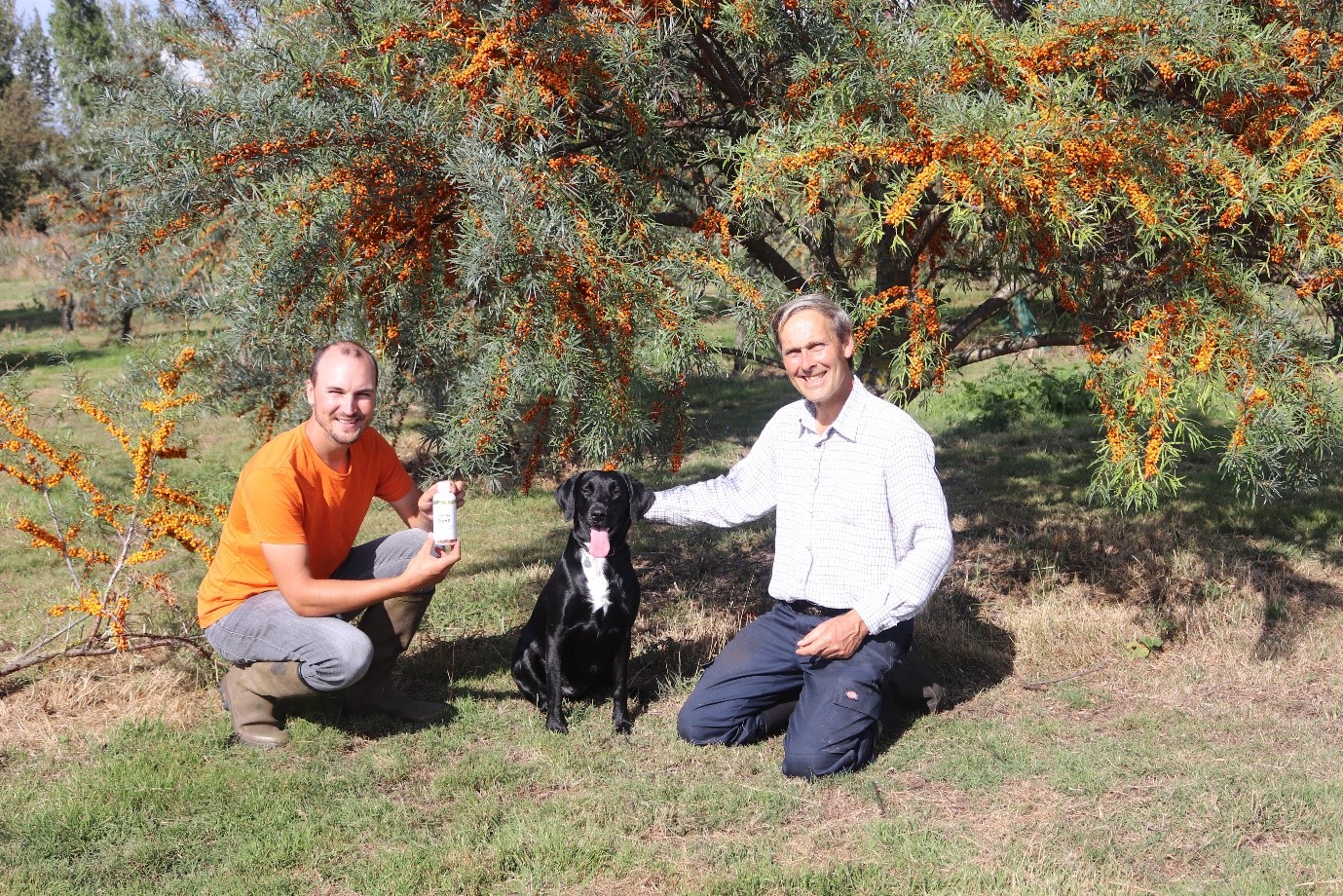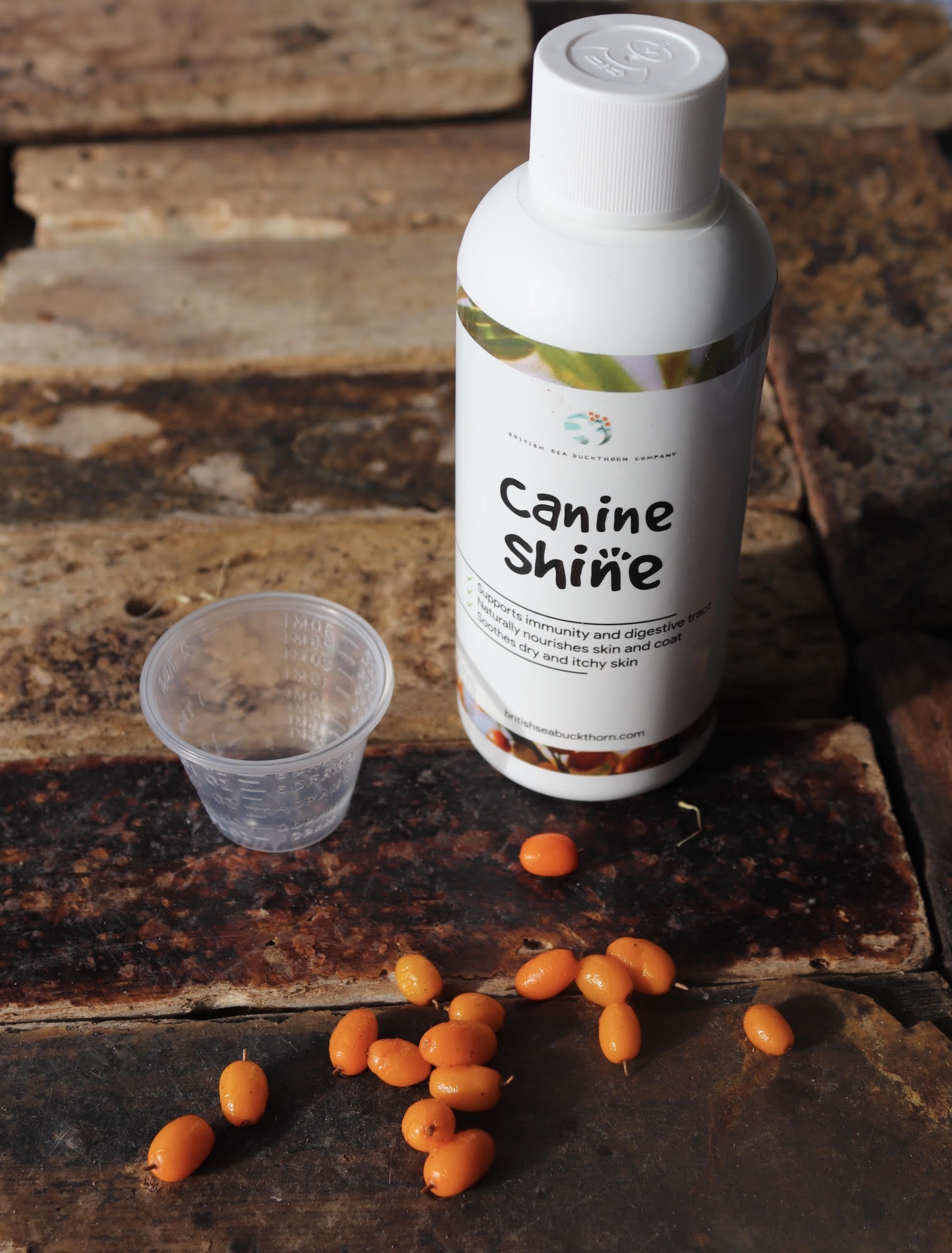What does it mean, why is it important and how can we all benefit?
My job as a Registered Nutritionist is to guide great food choices for long-term health. So I’m never happier when communicating how the food we eat nurtures our gut bacteria. With more than 3 million genes between them (our gut microbiome), compared to our own 20,000, their potential for influencing the day to day functioning of our body (our metabolism) and therefore our health, is clear.
Even better, this concept starts right back in the soil where are food comes from, reconnecting us with nature, as many of us have found so helpful during Covid19. A handful of soil contains more microbes than the earth’s population of people and many of these bacteria existed long before we did. It makes sense then that we’ve evolved with bacteria to benefit each other.
“In our large intestine lives the most densely populated ecosystem on earth”
Billions of gut bacteria help us to get maximum benefit from the food we eat. How do they do this? While most of our food is digested higher up in our digestive system, fibre – that part of carbohydrate which we are unable to digest, passes all the way to our colon (large intestine) where bacterial fermentation extracts energy from it. The ‘post-biotics’ they produce, the products of this fermentation, are vital for our health, reducing inflammation & therefore protecting us from bowel cancer and other inflammatory bowel disease, keeping cholesterol levels in check, providing building blocks for our vitamins and hormones – Serotonin, our happiness hormone, being a good example. That ‘Gut feeling’ that we all know so well, is certainly influenced by this as well as our Gut-Brain axis – connections between nerve endings in the wall of our gut and our brain. Our gut bacteria provide the chemicals required to transmit these messages.
What about our Immune system?
Perhaps most important of all however, is the effect of our microbiome on our immunity. 80% of the cells which form our immune system lie in the wall of our gut. From birth, our gut bacteria ensure these cells develop correctly so that they respond to infection, but don’t over-respond and attack our own body cells, as happens with auto-immune disease like IBD, inflammatory bowel disease and Rheumatoid Arthritis. Of course, there are other non-dietary factors here too, but research is now showing links between these long-term health issues and a favourable microbiome. It makes sense then that researchers at King’s College in London are currently studying our biological response to Covid19 and our microbiome.
Back to the soil …
When we farm with nature, soil health thrives. Pasture-fed cows for example trample carbon-rich dry matter into the ground for worms to decompose so soil microbes can multiply. This biodiversity ensures that our food, grown in these ‘healthy’ soils, is nutrient-rich; the bacteria in the soil enabling crops to absorb maximum nutrients. Just the same as our own gut bacteria, our own food and our own health.
And what about Seabuckthorn?
Foraged in the wild in Scotland, farmed with nature in Cornwall and grown organically in Essex by the Eagle family on their diversified arable farm, this is a nutrient-rich berry like no other! With at least 40 times the Vitamin C of oranges as well as an abundance of Antioxidants, A, E and B Vitamins as well as a unique blend of Omega oils and a fabulous source of fruit-fibre, a daily dose of this functional food will certainly keep gut bacteria happy! Our bacteria not only enjoy fibre in our food, but they also benefit from activating antioxidants for us too.
This then is what Gut Health is all about – eating to nurture our gut bacteria for our very best health.
So, as our British farmers move to farming with nature and we all reconnect with our land, nurture your gut health with great food choices. Make sure to get plenty of rest and enjoy our countryside for exercise too; happy gut microbes need this as well as great food – why not enjoy bright orange seabuckthorn berries from (link) delivered straight to your door!
Lucy Williamson DVM MSc ANutr
Refs:
- Valdes, A.M., Walter, J., Segal, F., Spector, T (2018) Role of the gut microbiota in nutrition and health British Medical Journal:361 K2179
- Sender, S., Fuschs, S., Milo, R (2016) Revised estimates for the number of human and bacteria cells in the body https://www.biorxiv.org/content/10.1101/036103v1
- Asnicar, F., Berry, S.E., Valdes, A.M. et al.(2021) Microbiome connections with host metabolism and habitual diet from 1,098 deeply phenotyped individuals. Nat Med . https://doi.org/10.1038/s41591-020-01183-8
- Attri S, Goel G. (2018) Influence of polyphenol rich seabuckthorn berries juice on release of polyphenols and colonic microbiota on exposure to simulated human digestion model. Food Res Int. 2018 Sep;111:314-323. doi: 10.1016/j.foodres.2018.05.045. Epub 2018 May 21. PMID: 3000769
Extra interest Spector 2021 KCL – https://www.kcl.ac.uk/coronavirus-how-to-keep-your-gut-microbiome-healthy-to-fight-covid-19




 The Ancient Greeks named Seabuckthorn: ‘Hippophae’, which translates as ‘Shiny Horse’. We now know this is because it’s a rich source of many nutrients required in the every-day functioning of healthy skin.
The Ancient Greeks named Seabuckthorn: ‘Hippophae’, which translates as ‘Shiny Horse’. We now know this is because it’s a rich source of many nutrients required in the every-day functioning of healthy skin.